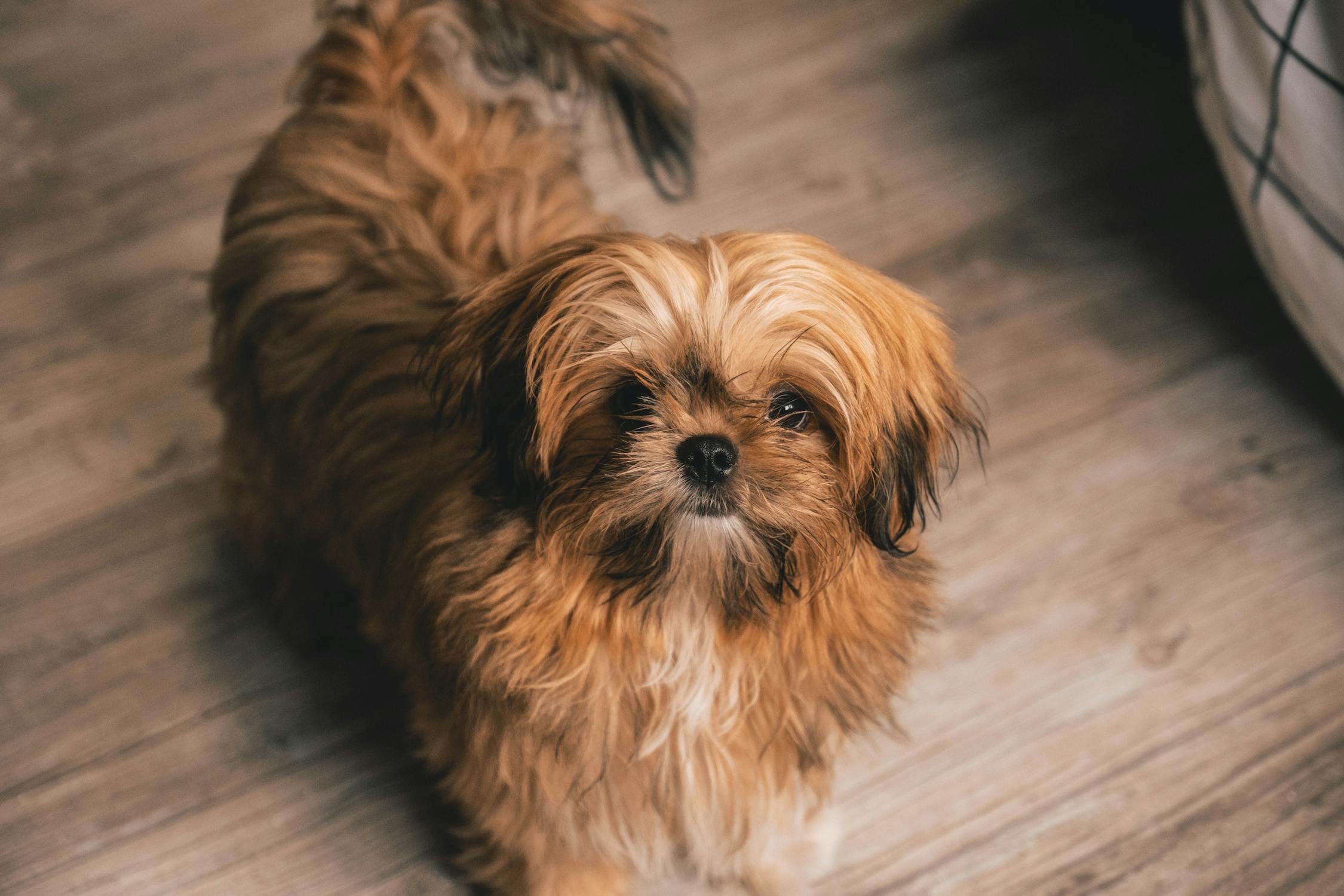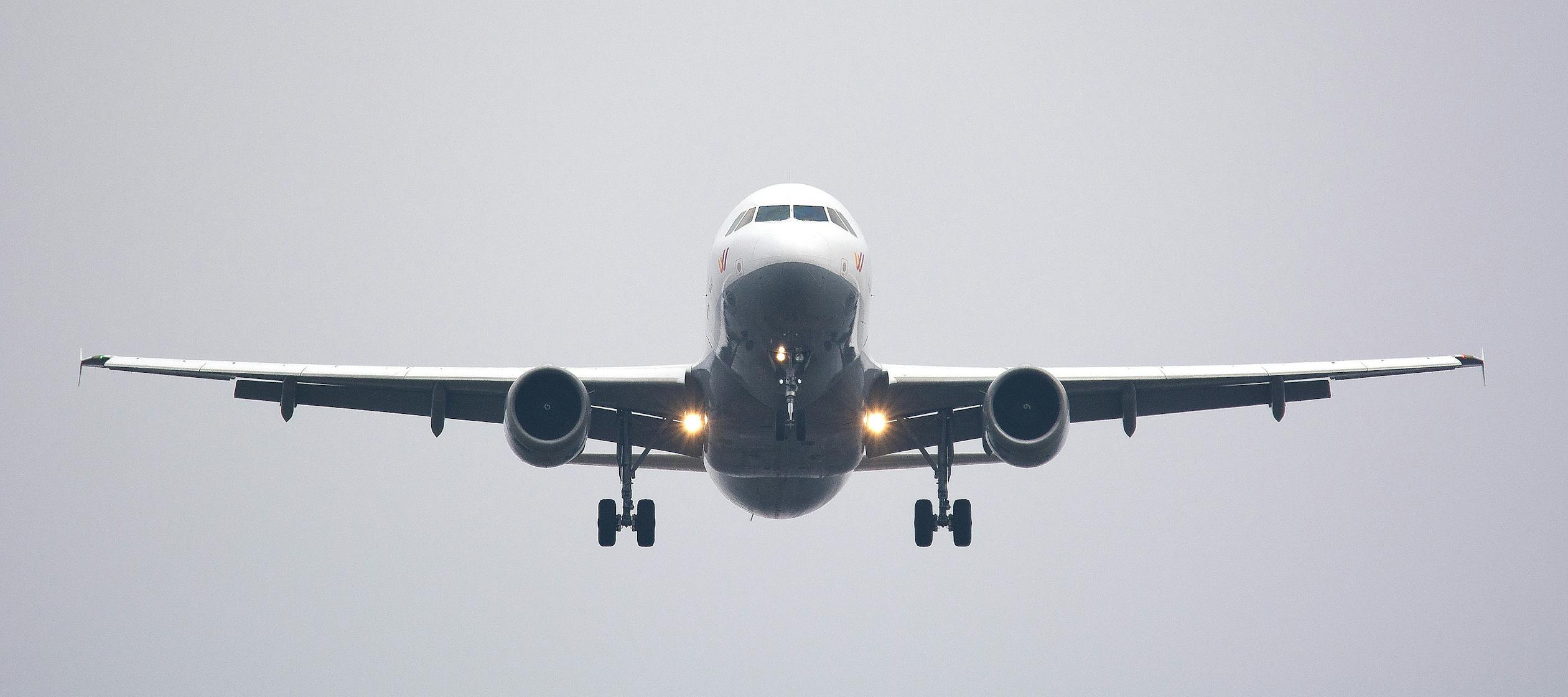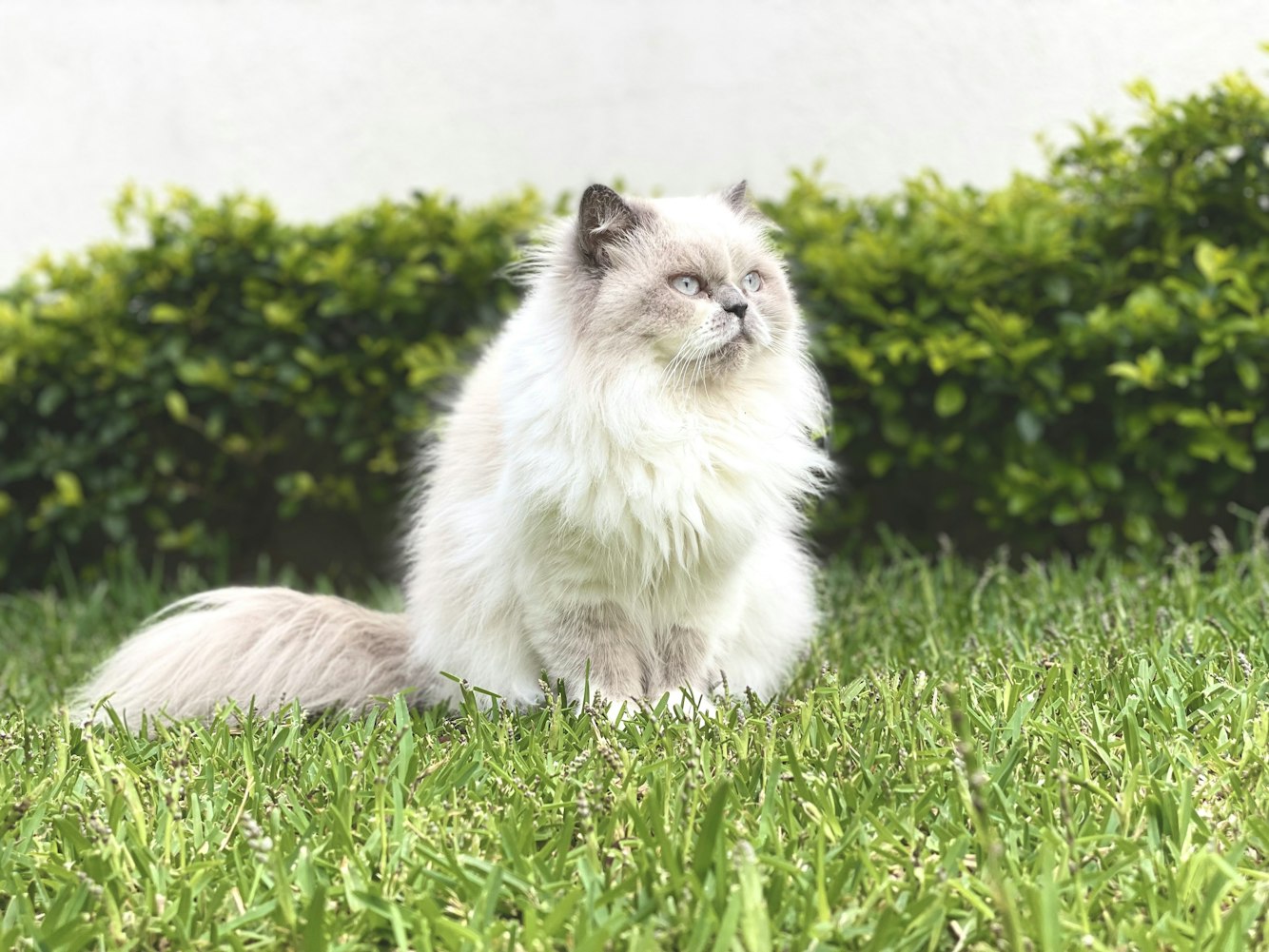In this post, we take a closer look at long-distance travel by train or even by plane. Stay tuned to learn more about airline restrictions, which breeds are allowed to fly and more information about long journeys with your four-legged companion.
Travel by train
You and your pet can easily travel from A to B by train. Pets are allowed on all trains in Germany, but there are restrictions depending on the size of your pet.
Here is a brief overview:
- Guide dogs and other assistance dogs do not have to wear a muzzle and can travel without a ticket
- Small pets (the size of a domestic cat or smaller) can be transported in a carrier and without a ticket. The box must fit under the seat or on the shelf above the seat.
- If you are taking a large dog (bigger than a house cat) with you, you will have to pay the price of a child ticket for your dog's ticket. If you are traveling with Deutsche Bahn, you need to buy the ticket in advance (indicate when booking that a child aged 6-14 is traveling unaccompanied) and you will receive a physical ticket in the mail.
- For cross-border journeys, the price of your (large) dog's ticket is 50% of your own ticket
Travel by plane
There are many pet-friendly airlines these days that are happy to take not only you, but your pet as well. Due to health risks, however, not all dog and cat breeds are allowed. So-called snub-nosed breeds have anatomically narrowed airways and therefore suffer from shortness of breath. The stress caused by the transport or high temperatures at the departure, transfer or destination airport can lead to circulatory problems and thus to increased shortness of breath. As a result, your pet may suffer serious health problems or even die during the trip. If your dog or cat is small enough to fit in the cabin, you may still be able to take them on board.
An example of snub-nosed dog breeds are:

- Bull dogs (all breeds except American Bull Dog)
- Pug (all breeds)
- American pit bull terrier
- American Staffordshire Terriers
- boston terrier
- boxer
- chow chow
- English Toy Spaniel
- Japanese Chin
- Japanese spaniel
- Pekinese
- pit bull
- Shar Peo
- Shih Tzu
- Staffordshire bull terrier
Some snub-nosed cat breeds are:
- Persian cat
- Himalayan cat

- British Shorthair
- Scottish fold cat
- Exotic Shorthair
- Burmese
- Selkirk Rex
cargo animals
Dogs and cats weighing more than 8 kg (including the carrier) are not allowed to travel in the cabin. Also, your pet should be at least 12 weeks old before boarding a plane. If you want to travel to the USA, the minimum age is 16 weeks. Your pet must be housed in a carrier that meets IATA (International Air Transport Association) regulations and the box must be secured with screws. Plastic locks are not accepted. When you place your pet in the carrier, make sure they are not wearing a collar, leash, or anything that could accidentally entangle, choke, or choke them. But feel free to put a blanket in the transport case so your furry friend can get some comfort.
A little extra info: Air travel with a pet lasting 12 hours or more is not recommended and is even banned by some airlines.
Requirements for the transport box:
- The box must be large enough for the animal to stand in a natural posture and have enough room to lie down or turn around.
- The box must be escape-proof and watertight and have ventilation openings on all four sides. The openings must be so small that no part of the animal's body can fit through, in order to prevent injury and to ensure protection against bites or scratches by the animal.
- The inside of the box must not have any sharp corners, edges or protruding nails that could injure your animal. In addition, the container must be lined with an absorbent blanket or mat.
- Empty food and water bowls must be attached to the cage and be able to be filled from the outside
- The container must not have wheels
- Only one animal is allowed in each container
small animals
Small dogs or cats weighing a maximum of 8kg can be taken into the cabin with the appropriate carrier. Again, the minimum age is 12 weeks and 16 weeks for US voyages. A securely closable soft shell bag is required for transporting small dogs and cats in the cabin. You have to bring this with you as it is usually not available at the airport.
Requirements for the transport bag:
- The total weight of the transport container including the animal is a maximum of 8 kg
- The animal must be able to assume a natural position, lie down and turn around in the closed transport bag.
- The transport bag must be lockable, waterproof and bite-proof and lined with an absorbent cover.
- Your pet must be able to "stow" under your seat.
Prices
To give you an idea of the costs, here is a small overview of the prices for checked-in pets and pets in the cabin on various pet-friendly airlines. Prices vary by airline and depend on the size of your pet and the flight route. All prices are in USD and are calculated for the flight. (Applies per flight direction, return flights and stopovers are also charged).
| airline | price as freight | price in the cabin |
|---|---|---|
| American Airlines | Varies (on request) | §125 |
| delta | Varies (on request) | Flights within USA/Canada/Puerto Rico: $125 International: $200 |
| Lufthansa | $92-$400 | $57-$100 |
| Swiss Airlines | $92-$437 | $57-$126 |
| United | not possible due to COVID | $125 |
Disclaimer: Each airline and train company has different requirements for the number of pets you can take with you, maximum crate size and prices. Before booking a trip for you and your furry friend, it's important to find out about your preferred airline or train company, or to call a hotline for help.

If your pet has health problems or you are concerned about taking your pet on a plane, you should consult your veterinarian first. As always, stay healthy and make sure you always have the best for your pet in mind. Bon Voyage!






